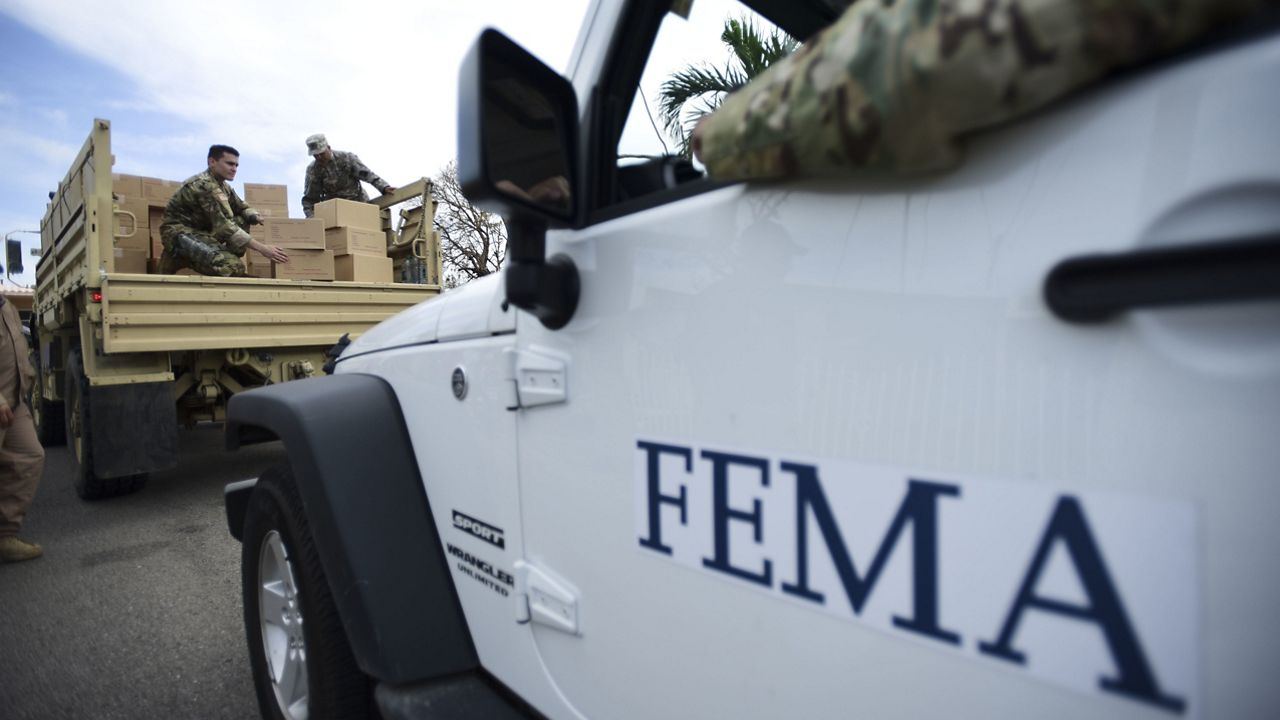Parts of the country that are most prone to natural disasters will receive extra financial assistance to become more resilient under a new system the Federal Emergency Management Agency announced Wednesday.
FEMA has designated 483 census tracts as Community Disaster Resilience Zones that can receive more federal dollars and technical assistance to reduce the impacts of extreme weather.
“These designations will help ensure that the most at-risk communities are able to build resilience against natural hazards and extreme weather events, which are becoming increasingly intense and frequent due to climate change,” FEMA Administrator Deanne Criswell said in a statement.
The new designations are the result of the bipartisan Community Disaster Resilience Zones Act Congress passed in 2022 to build resilience in areas most at risk for climate disasters. FEMA has at least one designation in each of the 50 states and the District of Columbia. California tops the list of zones, followed by Texas and Florida. The list includes urban, suburban, rural, coastal and inland areas.
FEMA will add designations for tribal lands and territories later this fall and will add even more zones in 12-18 months when the agency’s National Risk Index of communities most vulnerable to natural hazards is updated. The Natural Risk Index considers 18 types of natural disasters, including drought, storms, flooding and earthquakes.



